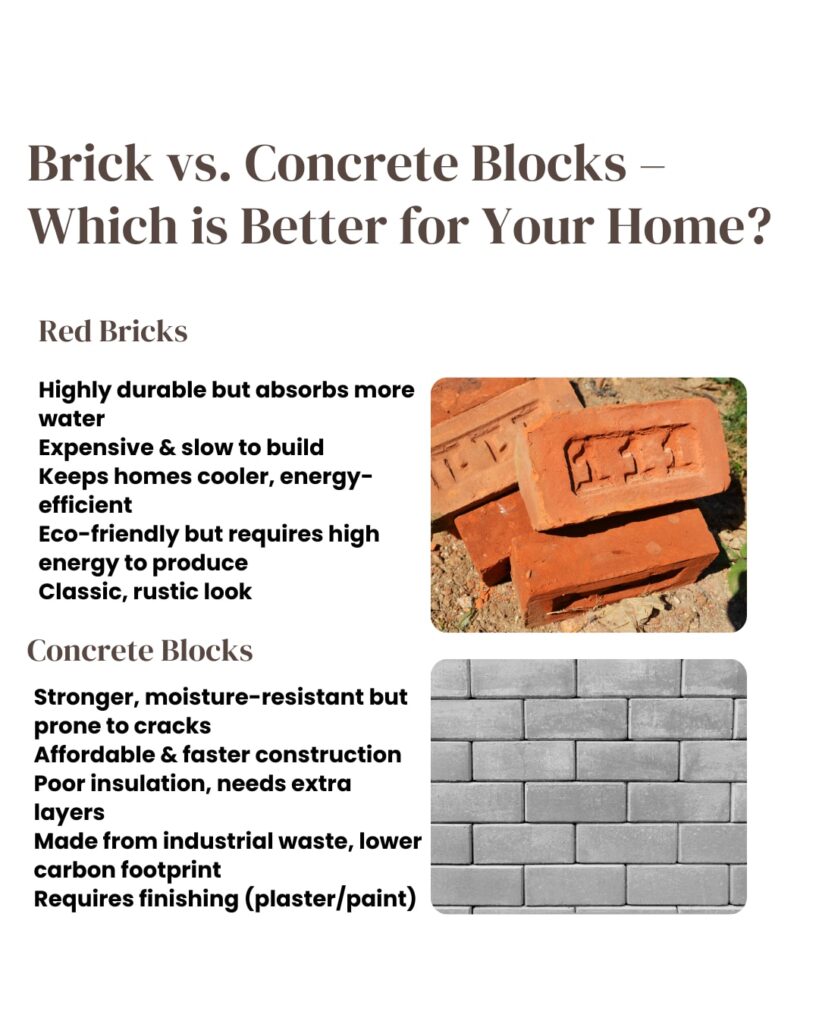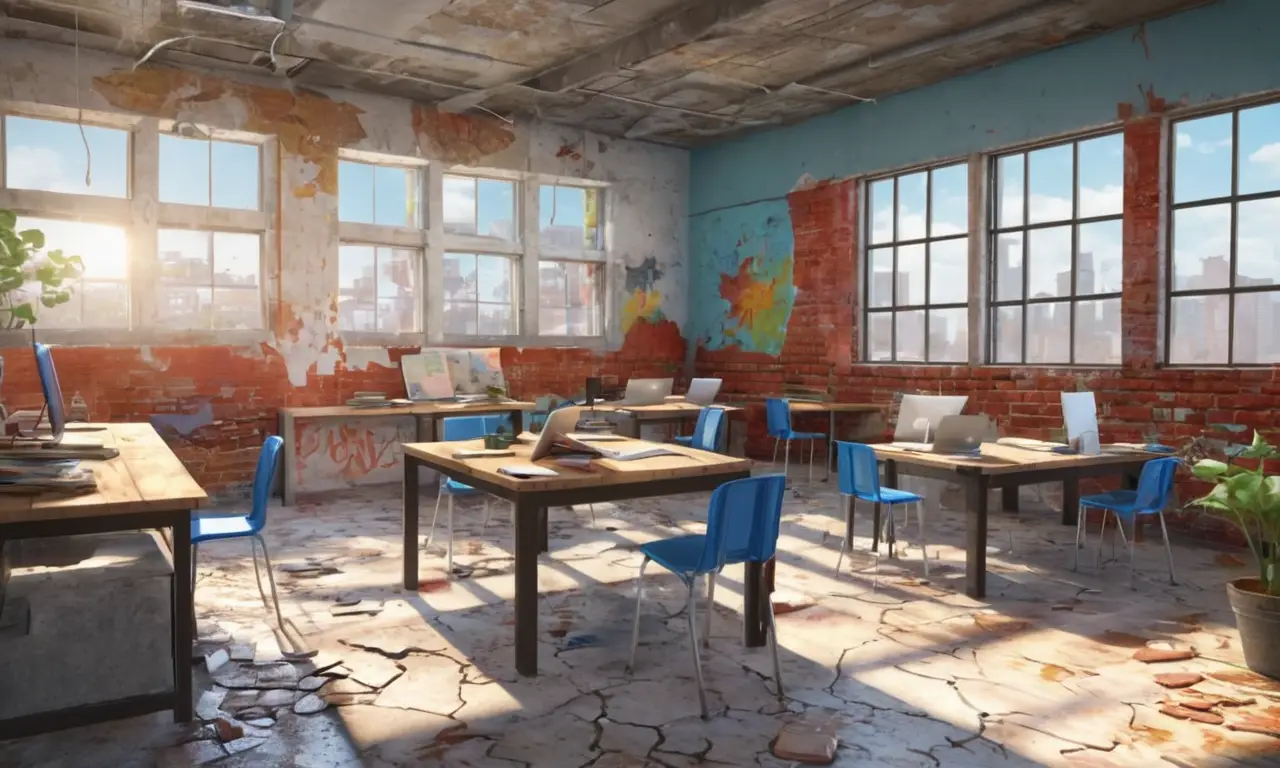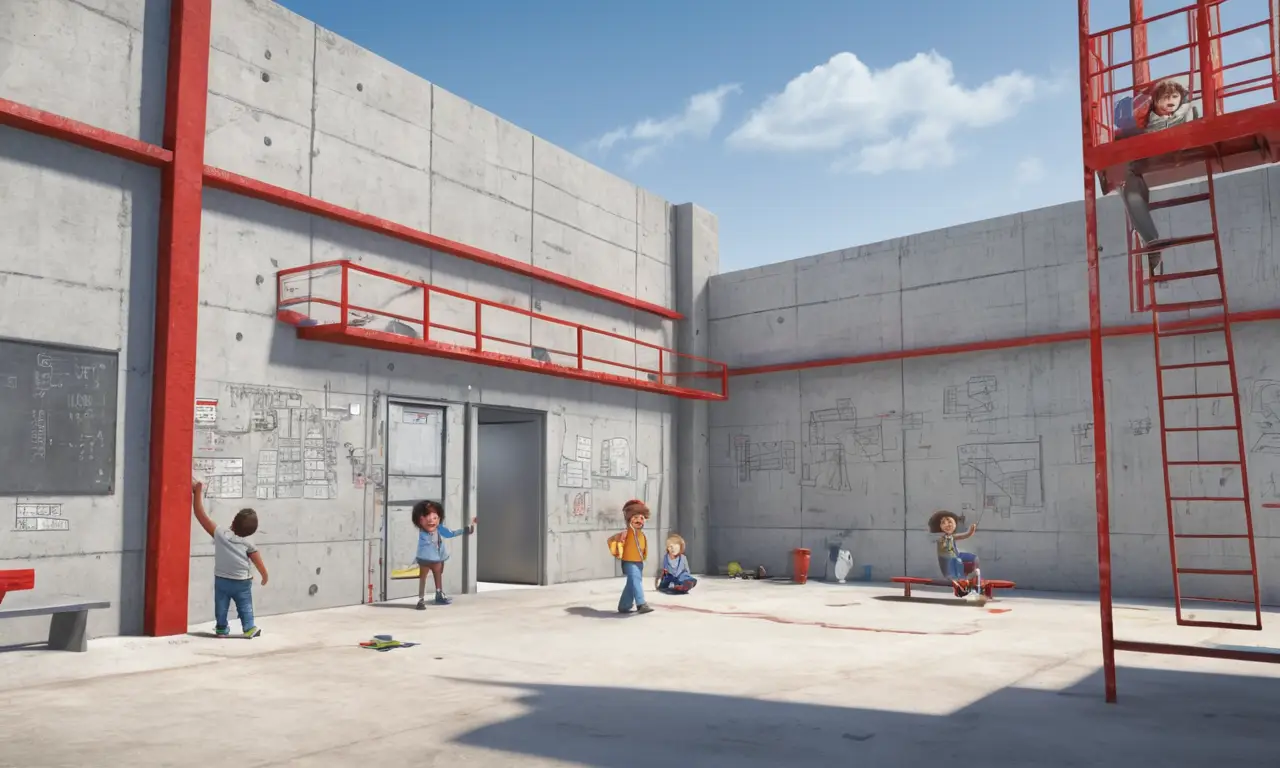
The construction of schools, the very foundations of education, often hinges on a fundamental decision: are schools made of concrete or brick? Both materials have stood the test of time, offering durability and longevity. Concrete, with its robust strength and moldability, provides a solid base for any structure. Brick, on the other hand, boasts aesthetic charm and exceptional insulation properties, contributing to a comfortable learning environment. This article delves into the pros and cons of both concrete and brick construction, helping you understand which material might be best suited for your school building project.
We’ll explore the advantages and disadvantages of each material, compare their durability and cost-effectiveness, and analyze their design flexibility. By the end, you’ll have a comprehensive understanding of the factors to consider when choosing between concrete and brick for your school construction.
Concrete Schools: Pros & Cons
Concrete has become a popular choice for school construction due to its numerous benefits.
Pros
- Strength and Durability: Concrete is renowned for its exceptional strength and resistance to wear and tear. It can withstand heavy loads, seismic activity, and harsh weather conditions, ensuring the longevity of the structure. This durability translates into lower maintenance costs over time.
- Fire Resistance: Concrete possesses inherent fire-resistant properties, providing a safe learning environment in case of emergencies. Its non-combustible nature helps contain fires and protects students and staff.
- Moldability: Concrete can be molded into various shapes and designs, offering architects greater flexibility in creating unique and functional school buildings. This versatility allows for innovative architectural concepts and customized spaces.
Cons
- Thermal Mass: Concrete has a high thermal mass, meaning it absorbs and retains heat. While this can be beneficial in colder climates, it can lead to overheating during summer months, requiring additional cooling systems.
- Cracking Potential: Although strong, concrete is susceptible to cracking over time due to factors like temperature fluctuations and ground movement. Regular inspections and maintenance are crucial to prevent structural damage.
Brick Schools: Pros & Cons

Brick has long been a favored material for school construction, appreciated for its aesthetic appeal and practical benefits.
Pros
- Aesthetic Appeal: Brick offers a classic and timeless look that enhances the visual appeal of school buildings. Its diverse colors and textures allow for architectural designs that complement surrounding environments.
- Excellent Insulation: Bricks provide excellent thermal insulation, keeping schools warm in winter and cool in summer. This reduces energy consumption and contributes to a comfortable learning environment.
- Durability: While not as strong as concrete, brick is still a durable material that can withstand weathering and wear over time. Properly maintained brick buildings can last for generations.
Cons
- Maintenance Requirements: Brick requires regular maintenance, including cleaning, repointing, and repairs to prevent damage from moisture and weather exposure.
- Limited Design Flexibility: Compared to concrete, brick offers less design flexibility. While various brick types and patterns exist, the overall shape and form of a building are more restricted.
Durability Comparison: Concrete vs. Brick
Both concrete and brick are durable materials, but their strengths lie in different areas. Concrete excels in sheer strength and resistance to heavy loads and seismic activity. It’s also highly fire-resistant. Brick, while not as strong as concrete, boasts excellent weathering resistance and longevity when properly maintained. Its thermal insulation properties contribute to its overall durability by protecting against temperature fluctuations that can cause damage over time.
Cost Considerations: Concrete vs. Brick

The cost of construction using concrete or brick varies depending on factors like location, labor costs, and material availability. Generally, concrete is considered less expensive initially due to faster installation times and lower material costs. However, the long-term maintenance costs for concrete can be higher due to potential cracking and repair needs. Brick, while initially more expensive, often requires less maintenance over time, leading to potentially lower overall costs in the long run.
Design Flexibility: Concrete vs. Brick
Concrete offers greater design flexibility due to its moldability. Architects can create unique shapes, curves, and intricate designs with concrete. Brick, while aesthetically pleasing, presents more limitations in terms of complex shapes and unconventional designs. However, brick’s versatility lies in its diverse colors, textures, and patterns, allowing for a wide range of aesthetic variations within traditional building forms.
Conclusion
The choice between are schools made of concrete or brick ultimately depends on a careful consideration of various factors. Concrete offers superior strength, durability, and design flexibility, while brick provides aesthetic appeal, excellent insulation, and lower maintenance costs in the long run. By weighing the pros and cons of each material against your specific needs, budget constraints, and architectural vision, you can make an informed decision that will result in a safe, functional, and aesthetically pleasing school building for generations to come.
